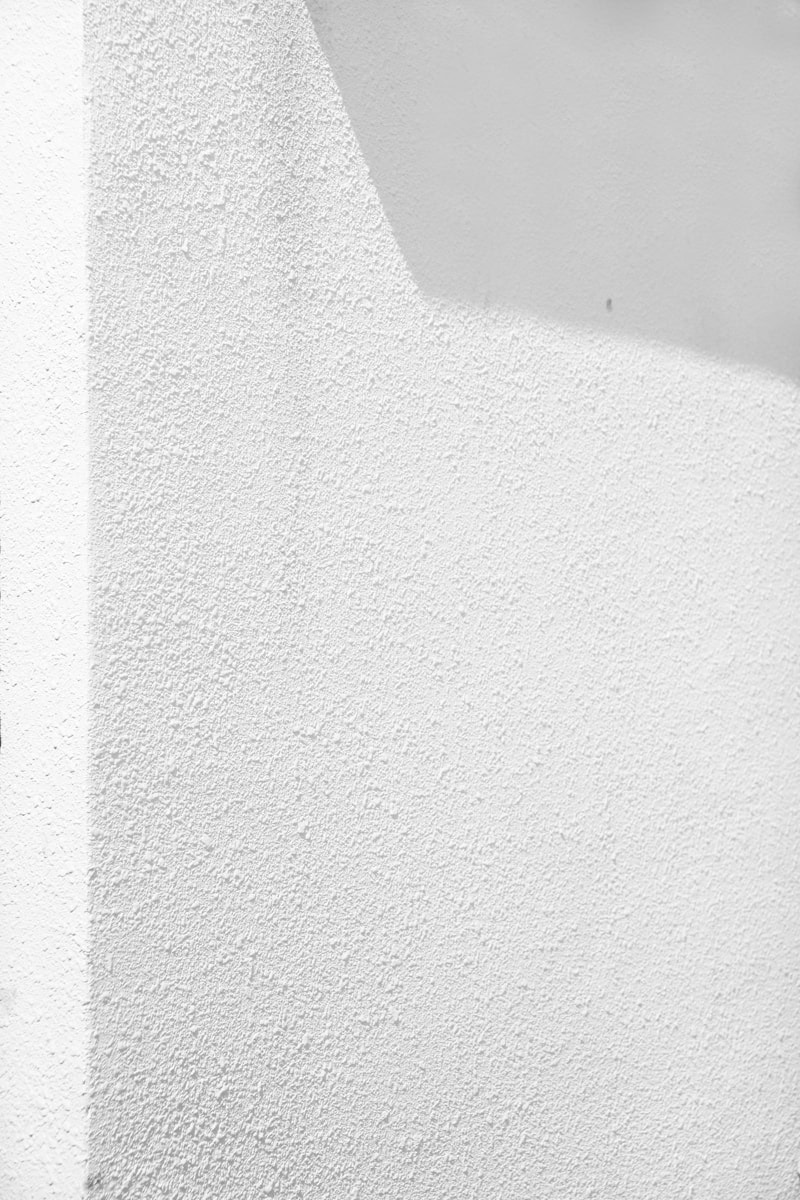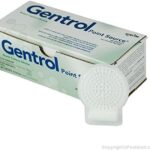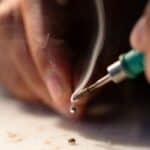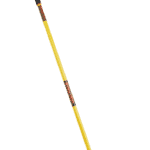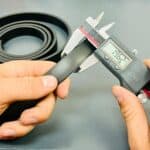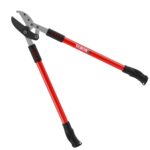Repairing drywall is a skill that can save you time and money. Drywall is what makes up the walls of most homes. It’s a tough material, but it can get dents, holes, or cracks. With the right tools and a little know-how, you can fix your walls and make them look good as new.
You’ll need some basic tools to start fixing drywall. These tools include spackle, a putty knife, sandpaper, and paint. For bigger repairs, you might need a drywall patch and joint compound. Don’t worry if you’ve never done it before. The process is straightforward and doesn’t take long to learn.
The key to wall repair is patience. You apply spackle or joint compound, then smooth it out. Let it dry, sand it down, and then paint. If you follow the steps, your walls will look great. Sometimes you might need a couple of tries to get it perfect, but that’s okay. Practice makes perfect in drywall repair.
Patching Up Your Walls: A DIY Guide
Tools and Materials
Before diving into the repair, gather your supplies:
- Drywall patch kit: Includes a mesh patch and adhesive for small to medium holes.
- Putty knife: For applying and smoothing out the joint compound.
- Joint compound: Used to fill and cover holes and cracks.
- Sandpaper: For smoothing out the patched area.
- Utility knife: For cutting drywall patches.
- Safety glasses and dust mask: Protect yourself from dust and debris.
Small Holes and Dents
- Clean the area: Remove any loose debris or dust from the hole.
- Apply joint compound: Use a putty knife to fill the hole with joint compound, slightly overfilling it.
- Let it dry: Allow the compound to dry completely. This may take several hours.
- Sand it smooth: Gently sand the patched area until it’s flush with the surrounding wall.
- Prime and paint: Apply a coat of primer, followed by paint to match your wall color.
Larger Holes
- Cut a square patch: Using a utility knife, cut a square piece of drywall slightly larger than the hole.
- Secure the patch: Attach the patch to the hole using drywall screws.
- Apply joint compound: Cover the entire patch with joint compound, feathering the edges.
- Let it dry and sand: Allow the compound to dry completely and sand it smooth.
- Prime and paint: Apply primer and paint to match the wall.
Cracks
- Widen the crack: Use a utility knife to slightly widen the crack for better adhesion of the joint compound.
- Apply joint compound: Fill the crack with joint compound, using a putty knife to smooth it out.
- Reinforce with tape (optional): For wider cracks, apply a strip of fiberglass mesh tape over the joint compound.
- Let it dry and sand: Allow the compound to dry and sand the area smooth.
- Prime and paint: Apply primer and paint to finish the repair.
Repair Summary
| Hole Size | Recommended Repair Method |
|---|---|
| Small (less than 1 inch) | Joint compound only |
| Medium (1-6 inches) | Drywall patch kit |
| Large (over 6 inches) | Cut and replace drywall patch |
Drywall repair might seem daunting, but with the right tools and techniques, it’s a task most homeowners can tackle. Remember to take safety precautions and allow ample drying time between each step. With a little patience, you’ll have your walls looking smooth and blemish-free in no time.
Assessing Drywall Damage and Preparing for Repair
Before repairing drywall, one needs to check the wall for any damage. Next, gather the right tools and materials.
Identifying Types of Damage
Drywall damage can vary:
- Small holes might come from screws or nails.
- Large holes may need a patch to fix.
- Dents and dings are smaller and often need just some joint compound.
- Cracks can be filled with drywall tape and joint compound.
For each type, one will use a different method to make the wall smooth again.
Gathering Necessary Materials and Tools
To get started, collect these items:
- Drywall saw for cutting out damaged areas
- Utility knife to score and cut drywall tape
- Drywall knife and taping knife to apply joint compound
- Drywall screw and drill for securing the drywall to studs
- Patched kit for large holes
- Putty knife or small putty knife for small holes or dents
- Joint compound to cover and smooth out the damage
- Drywall tape to reinforce cracks
- Sandpaper or a sanding sponge to smooth the repaired area
- Primer to prepare the area for painting
- Dust mask and gloves to keep safe
Make sure to have all these tools and materials ready before you start fixing the drywall. It makes the process smooth and quick.
Executing Drywall Repair
Drywall repair is a DIY project that can save time and money. With the right tools and techniques, fixing walls or ceilings is manageable.
Repairing Small to Medium Holes
Small and medium holes in drywall need a spackle or joint compound. To start:
- Clean the hole. Remove any loose debris.
- Apply spackle. Use a putty knife to fill the hole with spackle.
- Let it dry. Wait for the spackle to set.
- Sand the area. Use fine-grit sandpaper until smooth.
For medium holes, use a drywall patch and drywall tape for extra support.
Fixing Large Holes and Damaged Areas
Large holes require a bit more work. Here’s how to fix them:
- Cut to size. Measure and trim a piece of drywall to fit the hole.
- Support with backer board. Place a backer board inside the wall for the patch to adhere to.
- Attach the patch. Secure it with screws and cover with joint compound.
- Use mesh tape. Apply it over the seams.
- Cover with compound. Spread a smooth layer over the tape.
- Let it dry. The compound needs to dry overnight.
Finishing Touches: Sanding, Priming, and Painting
After repairing, these final steps are crucial:
- Sand the surface. The area must be smooth. Use a sanding block for evenness.
- Prime the area. Apply a primer coat to ensure paint sticks well.
- Paint the wall. Match the color to your wall and paint.
Take care to blend the texture to make the repair invisible.
Frequently Asked Questions
In this section, you will learn how to fix different types of drywall damage. Whether the hole is big or small, these steps will guide you through the repair process.
What is the best method to patch a large hole in drywall?
For large holes, a California Patch works well. This involves placing a new piece of drywall two inches larger than the hole. Trace and cut the hole to fit the new patch. You then secure it in place and smooth it with joint compound.
What are the steps to repair a damaged ceiling with drywall?
First, remove any loose drywall. Cut a piece of new drywall to fit the hole. Secure it with screws to the ceiling joists. Cover the seams with tape and apply joint compound. Sand smooth once it’s dry.
How can I fix small holes in drywall effectively?
Small holes can be fixed with spackle or joint compound. Apply it over the hole, let it dry, and then sand it smooth. For tiny holes, like nail pops, spackle works best.
What techniques are used to mend cracks in drywall?
Clean out the crack with a knife to remove any loose material. Use mesh tape over the crack for support. Cover with joint compound, let it dry, and sand it smooth.
Is it possible to repair a hole in drywall without using a patch?
Yes, if the hole is small enough. Fill it with joint compound or spackle and smooth it out. This method is quick but best for smaller holes.
Can drywall repairs be effectively done as a DIY project?
Many drywall repairs can be DIY projects. Follow simple repair steps carefully. Be patient with drying time and sanding. Watch tutorials if you need help.

